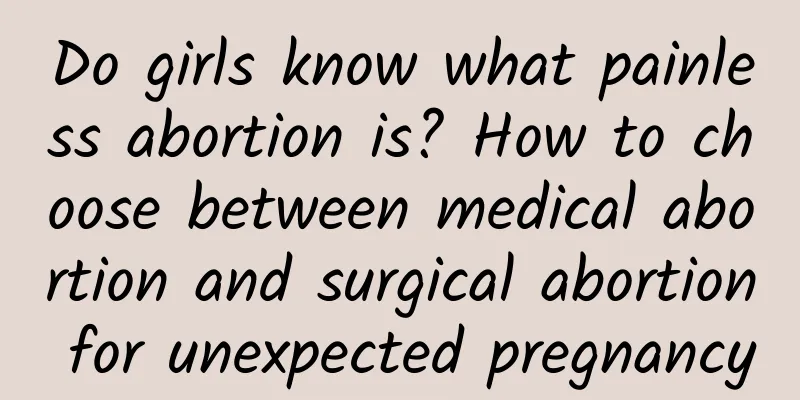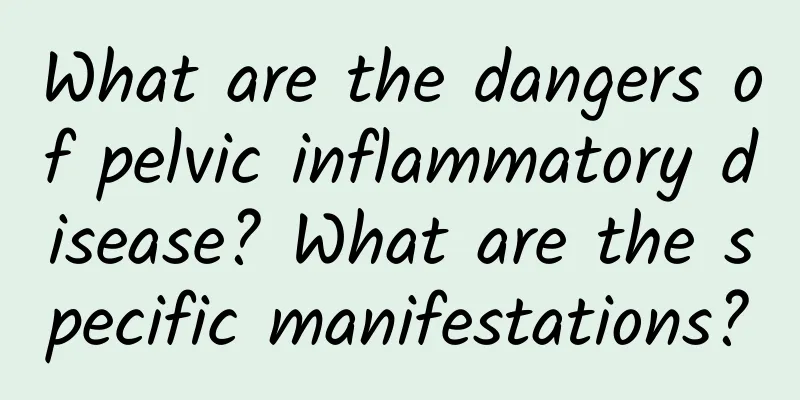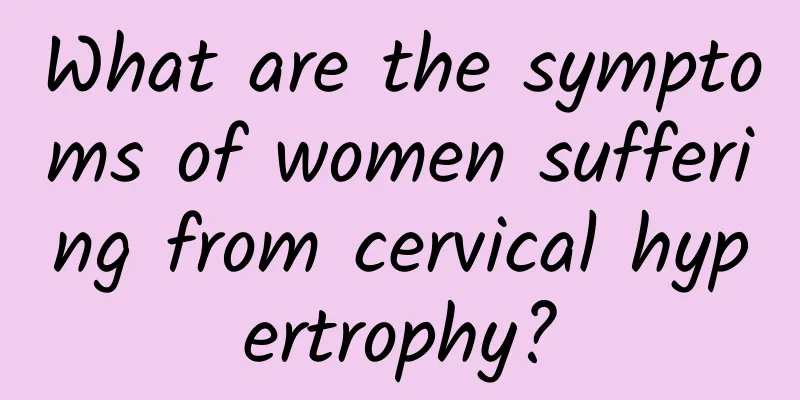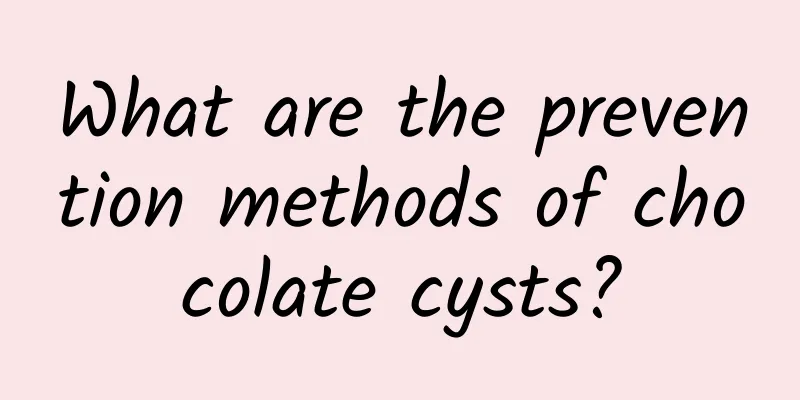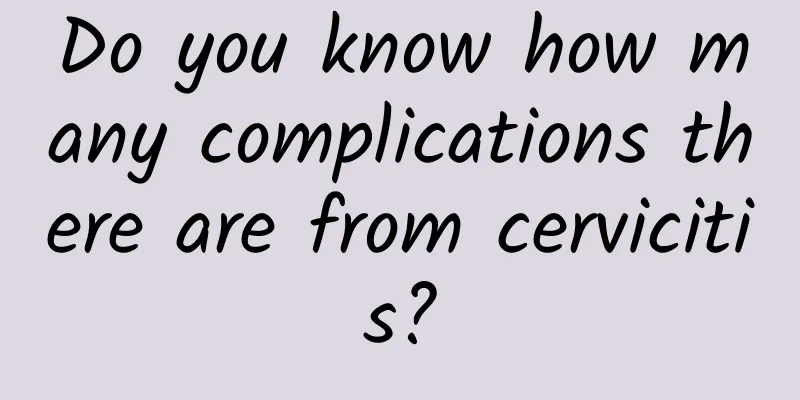Analysis of the most effective treatment methods for uterine fibroids

|
Clinically, the treatment of uterine fibroids is not very difficult. As long as the correct treatment method is chosen, uterine fibroids can be cured in a very short time, which is very beneficial for patients with uterine fibroids. What are the common treatment methods for uterine fibroids ? The following is a discussion of the common treatment methods for uterine fibroids. In general, common treatments for uterine fibroids include: 1. Drug treatment: There are many new developments in drug treatment. This is a common treatment for uterine fibroids. 2. Surgical treatment: For patients with myoma, the age for hysterectomy was previously set at over 45 years old. Now it seems that we should proceed from reality, especially according to the progress of gynecological endocrinology. The age for ovarian preservation is generally 50 years old (the average age of menopause is 49.5 years old), that is, those under 50 years old who can preserve their ovaries should do so. Or the normal ovaries of those who have not reached menopause after 50 years old should also be preserved, regardless of age. Because the ovaries still have certain endocrine functions after normal menopause and will work for 5 to 10 years. Preserving the ovaries helps stabilize the autonomic nerves, regulate metabolism, and facilitate the transition to old age. The uterus also has its endocrine function. It is the target organ of the ovaries and should not be removed casually. Usually, the age for hysterectomy is set at over 45 years old. Those under 45 years old, especially those under 40 years old, should undergo myomectomy. For those who retain the adnexa, if both sides can be preserved, it is better to retain both sides than to retain only one side. The incidence of ovarian cancer in those who retain the ovaries is 0.15%, which is not higher than that in those who do not have their uterus removed. This is one of the more common treatments for uterine fibroids. 3. Expectant therapy: This treatment method for uterine fibroids is suitable for patients with small fibroids, no symptoms, no complications, no degeneration, and no impact on health. For perimenopausal patients with no clinical symptoms, it is considered that ovarian dysfunction may cause fibroids to shrink or shrink. Expectant therapy can be adopted for all the above situations, that is, regular follow-up observation (once every 3 to 6 months) in clinical and imaging aspects. The treatment will be decided based on the review results. The above analysis is the common treatment method for uterine fibroids. I hope it will be helpful to everyone. Patients should choose the appropriate treatment method for uterine fibroids according to their actual condition. They must not choose blindly, which will be detrimental to their condition. |
<<: Introduction to five specific diagnostic methods for uterine fibroids
>>: To prevent pelvic inflammatory disease, you must beware of its causes
Recommend
Diagnostic criteria for female pelvic peritonitis
Pelvic peritonitis is a common disease among wome...
What are the specific causes of ovarian cysts?
Ovarian cysts are one of the many gynecological d...
The cost of painless abortion is closely related to the choice of surgical method
If you have an unexpected pregnancy, painless abo...
Treatment principles for functional uterine bleeding
The treatment principles for functional uterine b...
The causes of vaginal diseases are mainly divided into three aspects
Due to the structural characteristics of the fema...
Don’t stop exercising just because you’re tired! To protect your health, you must live and move throughout your life
Some people deliberately avoid using escalators o...
What are the symptoms of cervicitis in women? 3 early symptoms of cervicitis should be taken seriously
Cervicitis is a gynecological disease that often ...
What are the causes of cervical erosion?
Cervical erosion is a type of cervical disease, w...
How much does uterine fibroid surgery cost? Will uterine fibroids recur after surgery?
We know that uterine fibroids are benign tumors t...
What medicine is effective in treating menopause?
Menopause is a journey that every woman must go t...
The longer the vacation, the more weight you gain! Calorie reduction and avoid eating fat
The longer the vacation, the heavier the weight! ...
What is the normal progesterone level at 8 weeks of pregnancy?
The normal value of progesterone at 8 weeks of pr...
How to completely cure cervical warts
How to completely cure cervical warts? Recently, ...
What is the cause of cervical erosion in women? What are the nursing methods for cervical erosion in women?
For female friends, cervical erosion is not a ver...
Can cervical erosion be cured?
Cervical erosion generally refers to the ectopic ...
